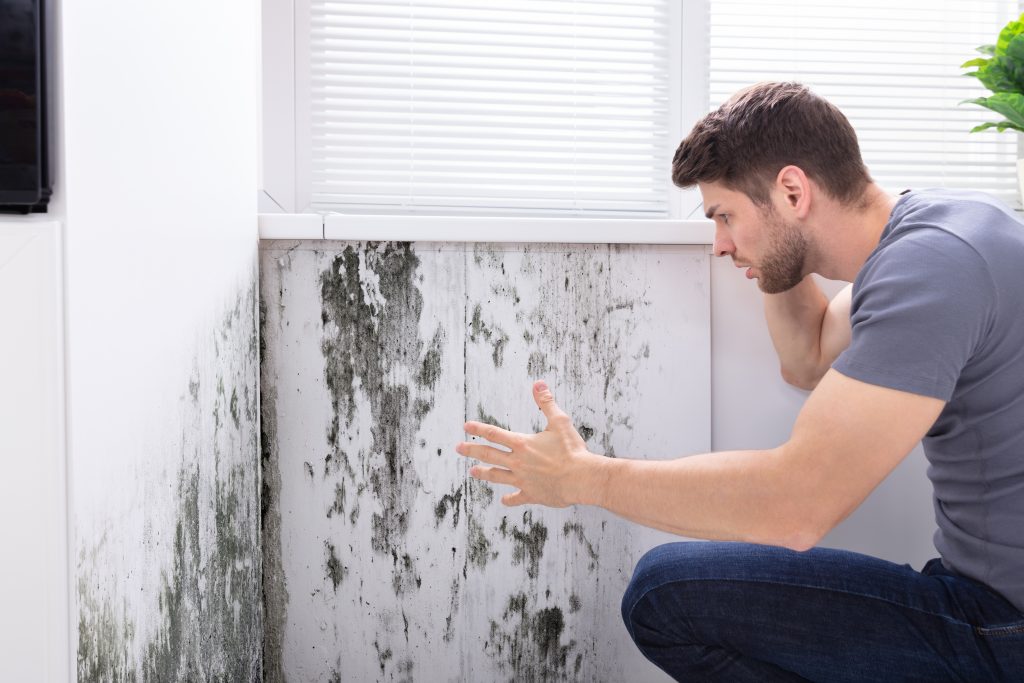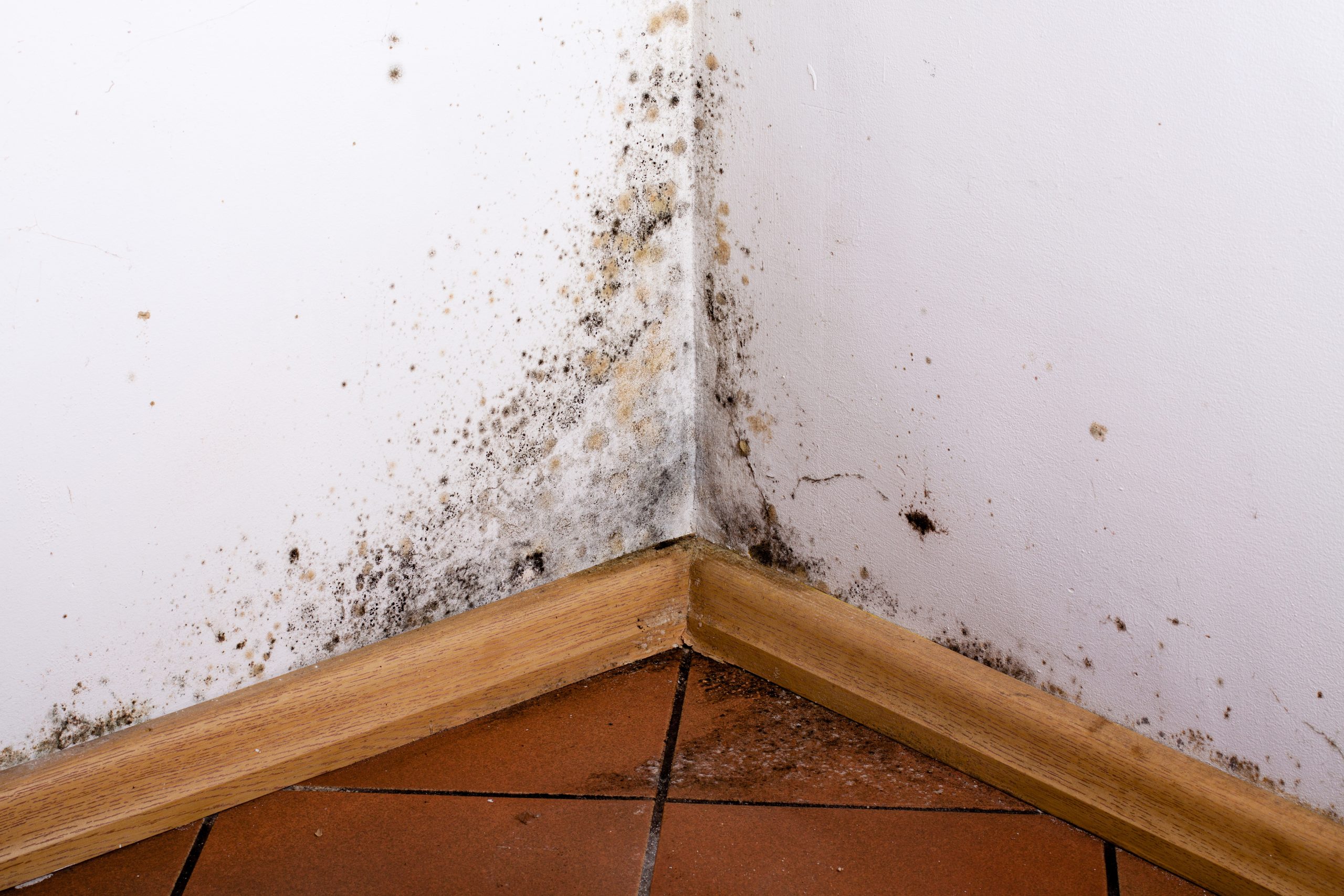The development of mold on the walls of your home can be distressing. Timely action is crucial to restoring the beauty of your walls and keeping your home safe at the same time. Aside from the unsightly appearance and odor caused by molds, it’s also capable of causing health problems and damage to your property over time.
Mold can develop on any surface on both the interior and exterior walls. Generally, you’re likely to find it near the floor or ceiling or throughout the edges of the baseboard trim. It’s also common in bathrooms but can affect laundry rooms, kitchens, basements, or any room with poor air ventilation.
Some of the usual indications of a mold problem in your home include:
- Musty odor;
- Peeling or cracking paint;
- Evident discoloration on the ceiling or walls; and
- Worsening allergy symptoms when staying indoors.
Once you find mold on the walls inside your home, even if it’s a small patch, it’s best to take action right away. If you allow the mold to spread, it can be a potential risk to you and your family’s health and property.
Advice On Eliminating Mold On Your House’s Walls
If the mold growth in your home only covers a small section of a wall, it’s a task you can readily handle, along with several household products you already have. Popular options include vinegar, borax, baking soda, bleach, tea tree oil, and hydrogen peroxide.
Sadly, if the mold infestation is extensive and covers a vast area on your walls, it can be dangerous to remove. In such cases, working with a professional is worth considering. If you want to learn more about mold removal services, a reliable mold removal company will help deal with the mold problem in your home.
Timely action when dealing with mold growth on your house’s walls is the key. Here are a few tips to effectively get rid of mold on your walls.
If you want to learn more about mold removal services, a reliable company that specializes mold remediation in Manhattan will help deal with the mold problem in your home.
1. Determine The Cause
Once you discover the starting signs of mold growth on the wall, your initial move is to identify its cause. Depending on the root cause, you need to deal with the issue to prevent the mold from developing again.
In most cases, leaks are the usual cause of mold, especially unseen ones behind the walls. When a pipe running behind the wall leaks, even a minor plumbing issue will allow mold to grow. If a leak is a source, call a professional to fix the damage.
2. Dry Out The Site
Before cleaning the area with mold growth, allow the damp areas to dry thoroughly, especially if the mold growth is in the kitchen area or bathroom. When there’s standing water, you need to remove it right away.
You can open up all the windows to hasten the drying process. An industrial dryer or dehumidifier will also come in handy if available. The quicker you dry out the area, the less time for the mold to grow again.
3. Wear Proper Protection
Make sure you’ll limit your exposure to mold spores during the cleaning process. Wear proper protection to stay safe throughout the cleaning task.
- Wear a mask or a respirator to prevent inhaling the mold spores,
- Rubber gloves will protect your skin from direct exposure to mold and any products you’ll use while cleaning. Disposable nitrile gloves are good chemical- and tear-resistant alternatives to rubber gloves if you prefer gear that fit more snugly on your hands.
- Use goggles to avoid eye irritation due to exposure to the products you’re using.
Depending on the extent of mold growth on the walls in your home, wearing the proper protective gear will keep you safe.
4. Prepare The Area
You need to remove any fabrics, furniture, and electronics from the room with mold growth. Make sure you’ll cover the floor with plastic sheets for protection. Remove any dirt on the site by wiping with a damp sponge with dishwashing liquid.
5. Use The Right Cleaning Product

When you notice small mold patches on painted interior walls, the growth is usually on the surface. The cleaning it requires is straightforward by using household products you already have at home. Some of the options you can utilize include white vinegar, borax, tea tree oil, or baking soda.
If the mold forms over a small area of a non-porous wall, either sealed or painted, try using a natural mold remover first. In case there’s extensive growth, you can use a more powerful chemical cleaner.
For porous walls made of concrete, cement, or stone, mold is likely to grow both on the surface and within the tiny crevices in the material. If mold grows on these surfaces, a solution worth checking out is a combination of distilled white vinegar and hydrogen peroxide.
Conclusion
Keeping your house clean and mold-free should be one of your priorities. The development of mold on the walls can be unsightly and pose a health risk. By following the abovementioned tips, you can effectively eliminate mold growth on your walls, keeping your home clean and mold-free.

